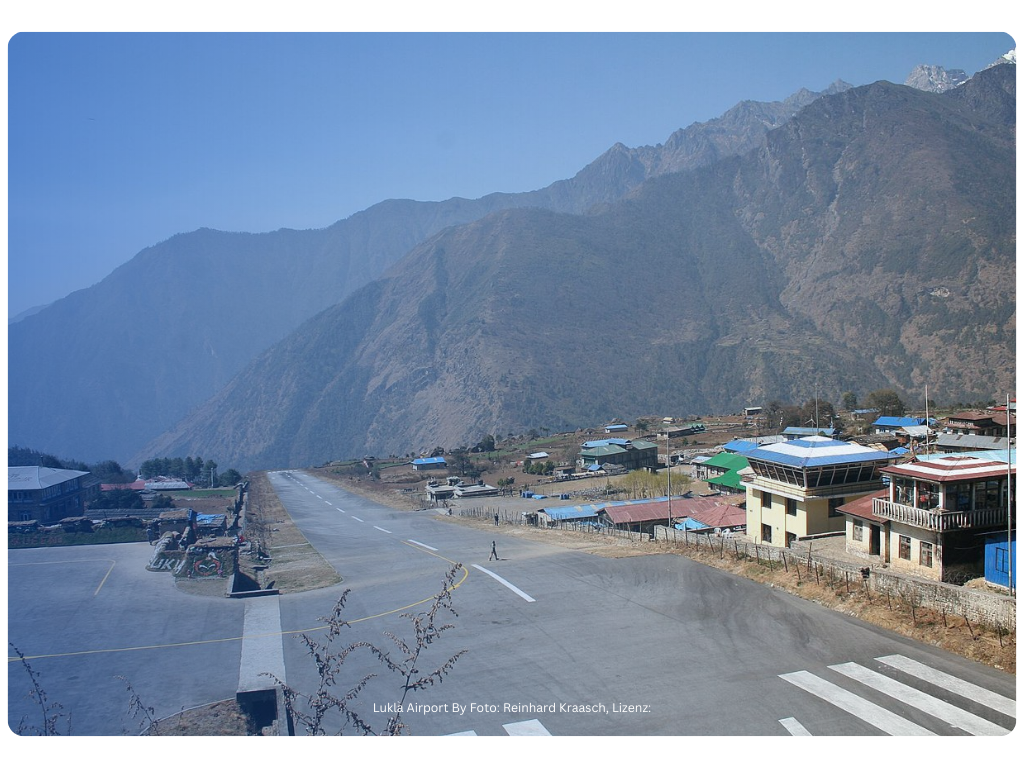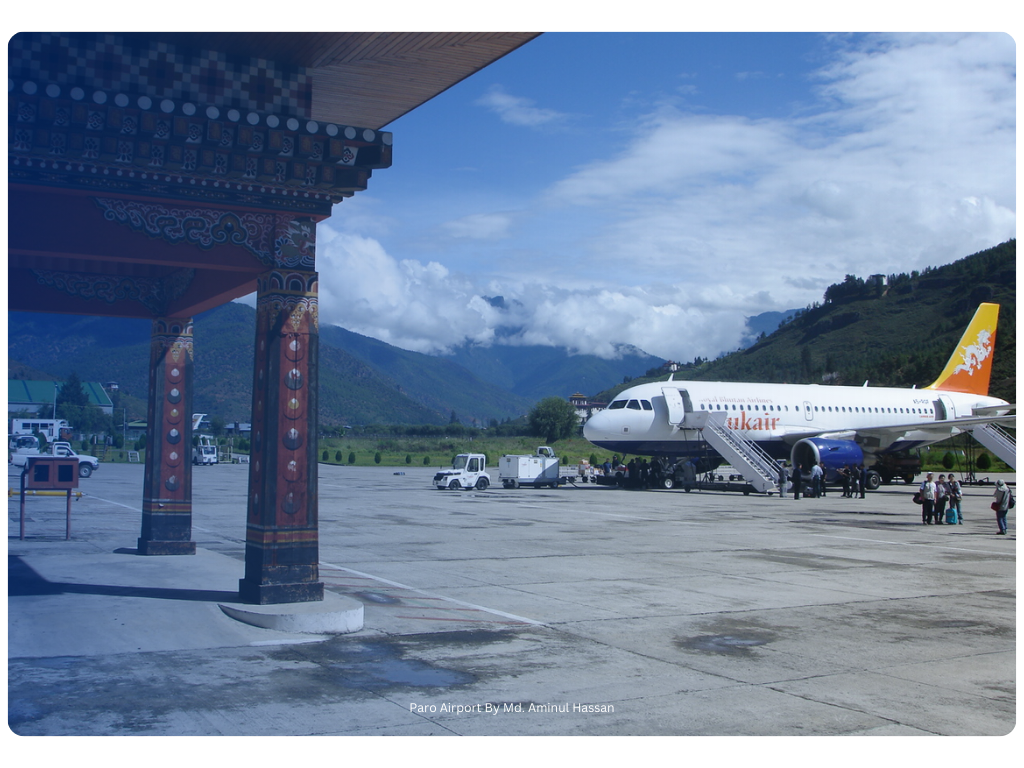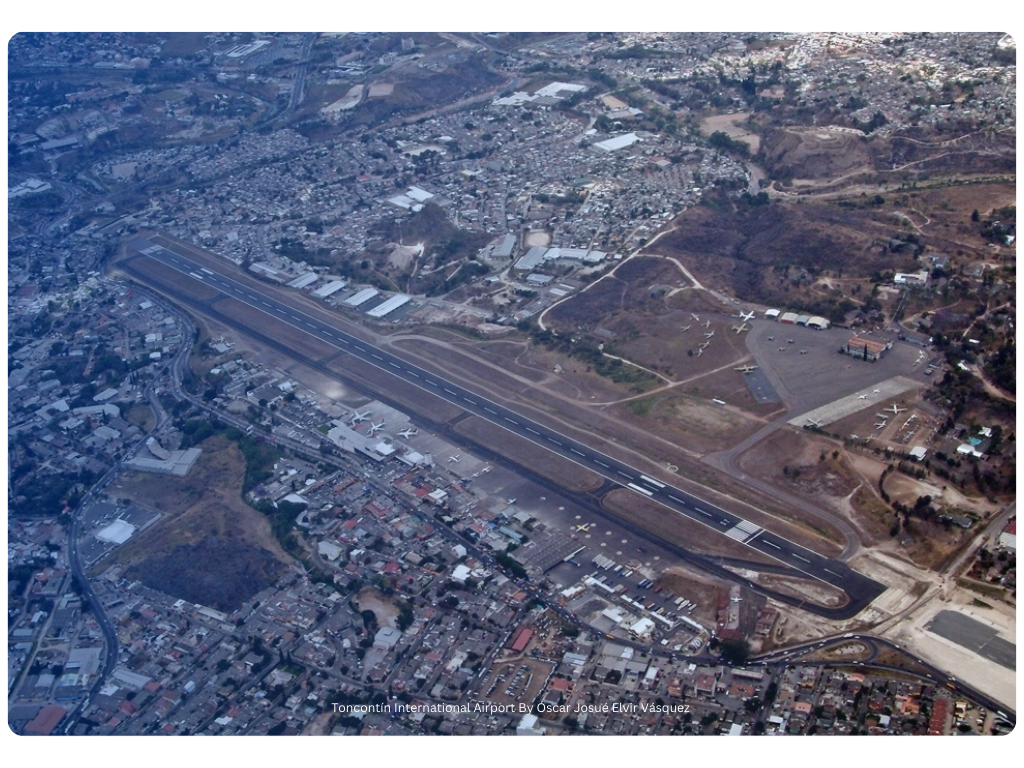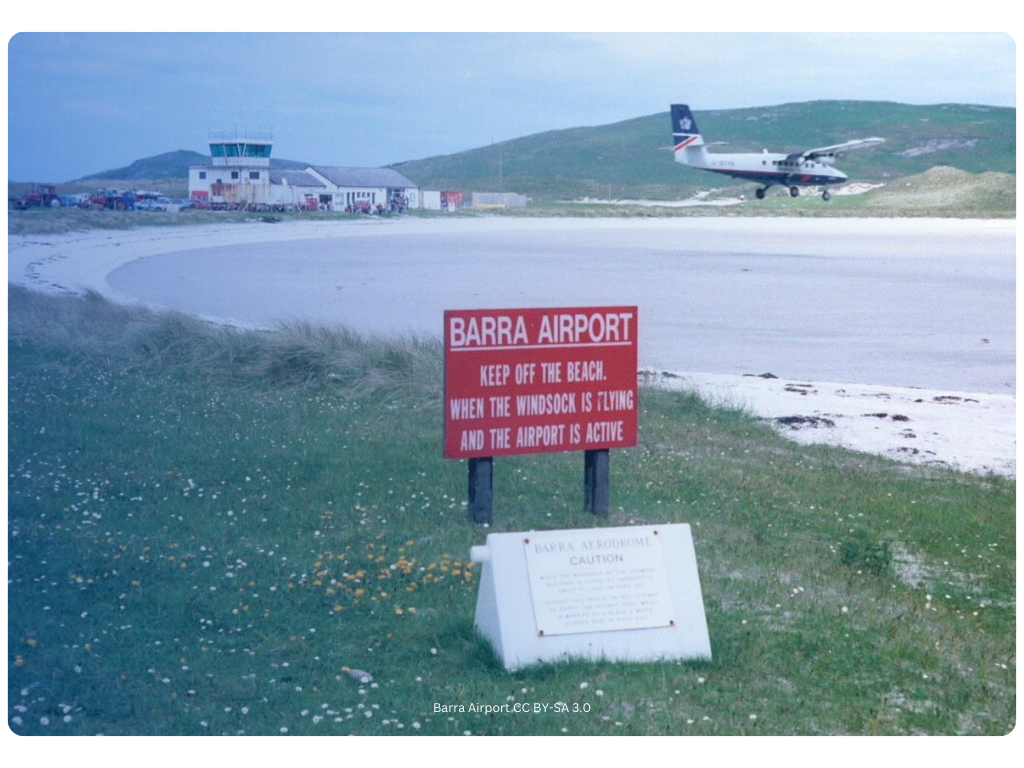Some airports are famous for their breathtaking views, but others are famous for making your heart race—before you even touch down.
These airports challenge even the most experienced pilots, thanks to their short runways, rough weather, or crazy locations.
Get ready, because we’re about to explore eight of the world’s most dangerous airports to land at.
SUMMARY
-
• Dangerous airports often feature short runways, tricky weather, or high elevations.
-
• Pilots landing here need advanced certifications or special training.
-
• Passenger experiences at these airports range from breathtaking to nerve-wracking.
-
• Despite the danger, many of these airports are gateways to stunning destinations.

1. Lukla Airport, Nepal (Tenzing-Hillary Airport)
Lukla Airport is perched high in the Himalayas and is often called “the gateway to Everest.” Its runway is just over 1,700 feet long and slopes uphill to help planes stop. Sounds helpful, right? Except the runway ends at a massive cliff on one side and a solid mountain wall on the other.
Add in sudden changes in weather, and it’s clear why pilots need special training to land here. If you're heading to Mount Everest, this airport is where the adventure truly begins.

2. Princess Juliana International Airport, St. Maarten
This Caribbean airport gives visitors more than just a warm welcome—it gives them a front-row view of planes landing so low, you could almost touch them. Its runway starts just a few feet from Maho Beach, where sunbathers can feel the jet blast as planes land.
Pilots need to approach with precision to ensure they hit the runway perfectly, since there isn’t much room for error between the beach and the water beyond.

3. Courchevel Altiport, France
Nestled in the French Alps, Courchevel Altiport feels more like a ski jump than an airport. The runway is incredibly short, only about 1,700 feet, and it slopes steeply upward to slow planes down.
There’s no room for a missed landing here, so pilots have to get it right the first time. This airport is popular with skiers, but it’s a challenge even for the most confident aviators.

4. Madeira Airport, Portugal (Cristiano Ronaldo Airport)
Madeira Airport is built on an island, and its runway juts out over the ocean. To make it longer, engineers built part of the runway on concrete pillars.
Strong winds and turbulence are common due to the surrounding mountains and open sea. Pilots often have to adjust their approach mid-flight to make a smooth landing, making it one of the most impressive airports to fly into.

5. Paro Airport, Bhutan
Flying into Paro Airport is an experience passengers won’t forget. Tucked between the peaks of the Himalayas, it requires pilots to navigate sharp turns and steep descents.
Only a small group of pilots is certified to land here. The runway is surrounded by towering mountains, making it feel like threading a needle. Despite the challenges, Paro offers breathtaking views of Bhutan’s natural beauty.

6. Toncontin International Airport, Honduras
This airport sits in a valley surrounded by hills, forcing pilots to perform a sharp turn just before landing. Its runway is also shorter than most, making every landing feel like a high-stakes maneuver.
Improvements have been made to the airport in recent years, but it’s still considered one of the most demanding places to fly into.

7. Barra Airport, Scotland
Barra Airport is unique—it’s the only airport in the world where planes land on a beach. The "runways" disappear when the tide comes in, so flight schedules depend on the tide chart.
Soft sand and changing weather make every landing a challenge, but the airport’s stunning coastal setting is worth it for travelers who love adventure.

8. Saba Airport, Caribbean (Juancho E. Yrausquin Airport)
Saba’s airport holds a world record: it has the shortest commercial runway, at just 1,312 feet.
The runway is surrounded by cliffs on one side and the ocean on the other, leaving no room for error.
Only small planes can land here, and pilots have to hit the brakes hard after touching down. For many, just watching a landing at Saba is an adrenaline rush.

Frequently Asked Questions
-
• What is the hardest airport to land in?
Many consider Lukla Airport in Nepal the most difficult due to its short, sloped runway and extreme location in the mountains. -
• Why are short runways so dangerous?
Short runways leave pilots with less time to stop or adjust, increasing the chances of overshooting the runway. -
• Do pilots need special training for these airports?
Yes, many dangerous airports require pilots to have advanced certifications or additional training. -
• Is it safe to fly to these airports?
It’s safe when flown by skilled pilots trained for the conditions. Modern planes and navigation systems also help reduce risks. -
• Which dangerous airport has the most incidents?
Statistics vary, but airports with challenging conditions, like Lukla or Toncontin, are often mentioned. -
• Can tourists visit these airports?
Yes! Many of these airports lead to incredible destinations and offer unforgettable experiences.

Takeaway
The most dangerous airports are an adventures in themselves. The skills required to land at these places highlight the incredible training and expertise of pilots.
For passengers, the journey through these airports is often a story to tell for years to come.
Feeling brave? Maybe one of these airports will be your next destination. Just don’t forget to hold on tight during the landing!
Love Aviation?
Our guides are designed to help!
Did you find this article helpful?
Do you think we missed an important interview question? Let us know in the comments below!






